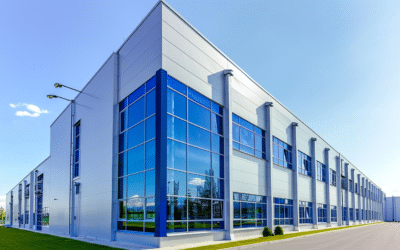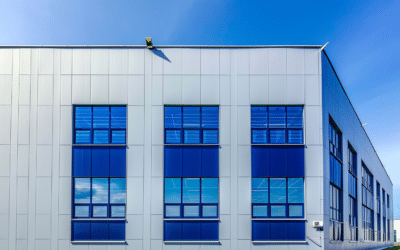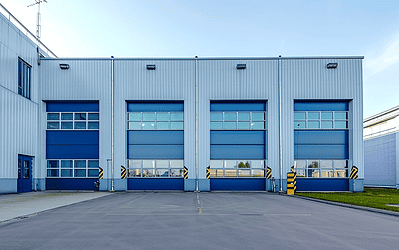In the heart of construction work zones, you often hear the hum of...
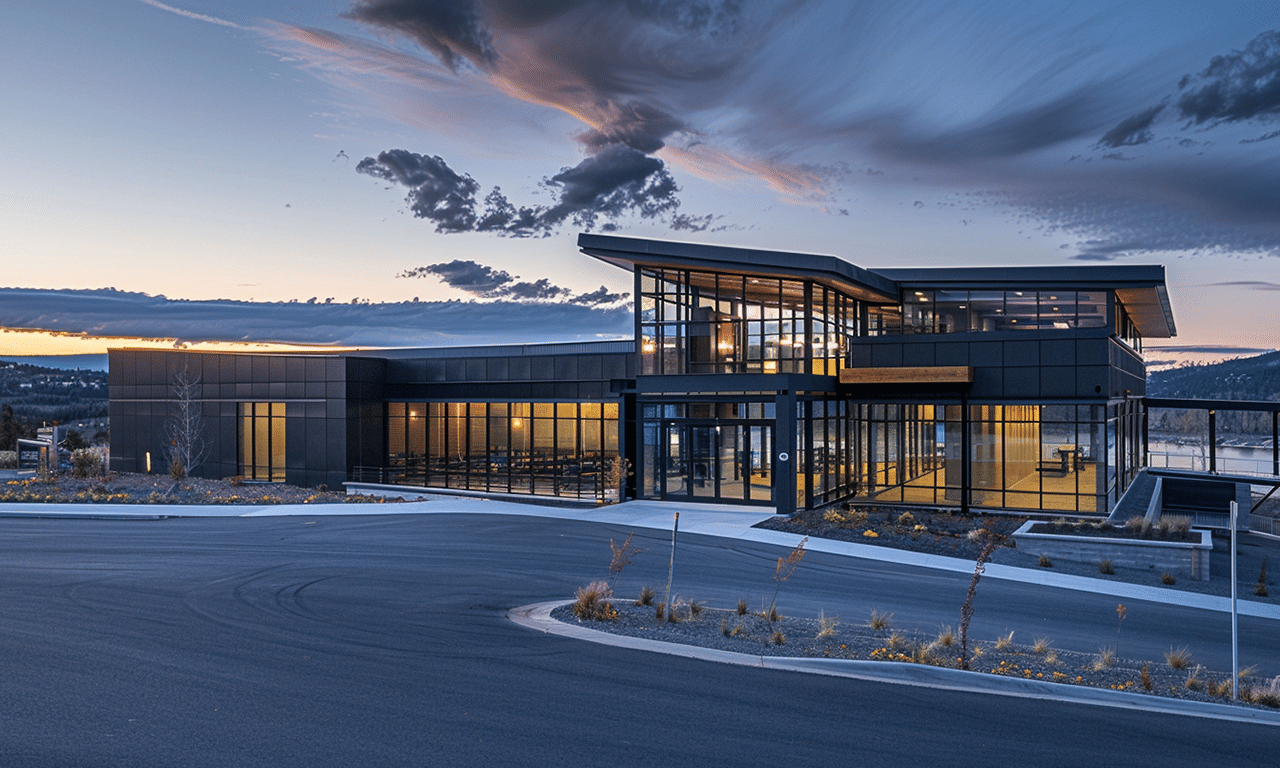
Safety and Compliance: Building with Confidence and Adhering to Standards
In any construction project, safety and compliance are critical components to ensure the long-term success of a building. From adhering to local building codes to selecting the right materials, every step in the construction process must meet established standards. In this guide, we’ll explore key aspects of safety and compliance in construction, helping you avoid common pitfalls and ensure that your project stays on track and within regulations.
1. Importance of Compliance with Local Building Codes
Adhering to local building codes is essential to ensure the safety and legality of your construction project. These codes regulate everything from the structural integrity of a building to its energy efficiency and safety features. Ignoring or overlooking these codes can result in costly delays, fines, or even the need to dismantle and rebuild parts of the project.
To learn more about building codes and legal considerations, explore our Local Building Codes, Permits, and Legal Considerations blog category, where we cover important regulations that apply to residential and commercial construction projects.
2. Choosing the Right Building Materials for Safety
The materials you choose for your construction project play a vital role in ensuring the building’s safety and compliance. High-quality materials not only contribute to the durability of your structure but also minimize risks like fire, mold, or structural failures. For example, steel is often chosen for its strength, fire resistance, and low maintenance, making it ideal for both residential and commercial builds.
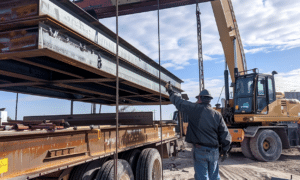
For tips on selecting the best materials for your project, visit our Materials and Building Supplies blog category. Here, we provide insights into sourcing durable, safe materials that meet your project’s requirements.
3. Safety in Construction: Key Tips to Avoid Hazards
Ensuring safety on a construction site is paramount, not only for workers but also for the future occupants of the building. Proper safety protocols can prevent accidents, injuries, and damage to the construction site. Some key tips include:
- Ensuring all workers have the appropriate protective equipment.
- Conducting regular safety inspections of the site.
- Following proper guidelines for lifting and handling materials.
For more detailed safety tips and expert advice, check out our Construction Tips blog category, where we share valuable insights on how to keep your project safe from start to finish.
4. Designing Safe and Compliant Homes
When it comes to home building, safety doesn’t stop with the construction phase—it continues into the design. From ensuring proper ventilation and fire exits to integrating energy-efficient systems, the design phase is a crucial part of building a safe, compliant home. It’s important to work with professionals who understand the balance between aesthetics and safety standards.
Our Home Building and Design blog category offers valuable insights into designing homes that not only meet your aesthetic preferences but also comply with safety and building regulations.
5. Why Safety and Compliance Matter for Your Project
At Your Building Team, we understand the importance of adhering to safety regulations and building codes throughout every stage of a project. Whether you’re constructing a residential home or a commercial facility, we’re here to ensure that your building meets all necessary standards and regulations. By prioritizing safety and compliance, we help you avoid costly delays, reduce risks, and guarantee that your structure is built to last.
Learn more about how we can assist you with your construction project by visiting Your Building Team.
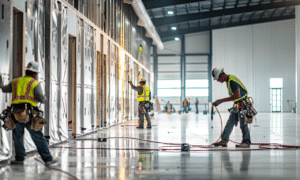
Safety and compliance are the foundation of any successful construction project. By following local building codes, selecting the right materials, and implementing proper safety protocols, you can ensure that your project is both secure and long-lasting. At Your Building Team, we’re committed to providing you with expert guidance every step of the way, from design to completion.
For more insights on building safely and in compliance with all regulations, check out our Construction Tips and Materials and Building Supplies categories.

EXPERT STEEL BUILDING SOLUTIONS
Your Building Team delivers engineered steel structures nationwide. From garages to commercial facilities, explore our comprehensive building solutions at yourbuildingteam.com
Workplace Ergonomics in Construction
The world of construction is an intense orchestra of hands, minds,...
Crane Safety in Construction
Crane safety in construction is the cornerstone of a successful...
Calculated the Cost of a Building
for Your Location
Given that factors such as snow load, wind load, and seismic conditions significantly influence safety and compliance, providing the exact installation address is essential for an accurate preliminary cost estimate.


